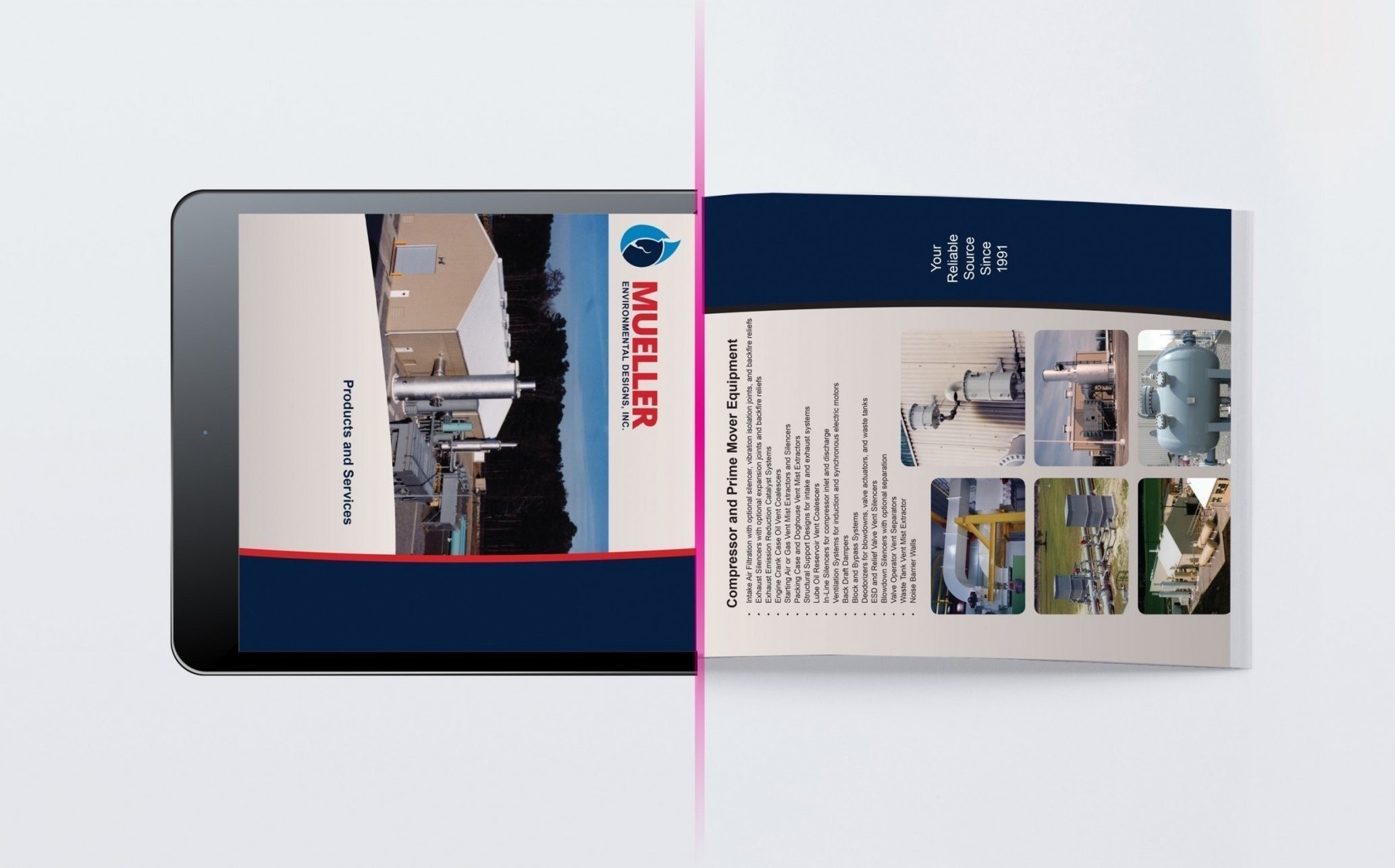A lot of people ask me questions along the lines of “how much of my media budget should be put towards digital?” Or they tell me things like “traditional media just doesn’t work anymore.”
The problem with that is the line between traditional and digital marketing and media is really blurry nowadays — if not nonexistent.
Split? What split?
People are casting their favorite shows to their televisions from Hulu on their iPad while they browse Facebook from their phones.
They’re catching a glimpse of your outdoor board while they Google a company listing for directions. (Hopefully not while driving).
Or, they’re live-tweeting their disdain for that crappy call the ref just made while watching the game on cable.
Your customers interact with digital and traditional mediums seamlessly, and so should you. Don’t worry about what your “split” is. Start asking the right questions, understanding your customers and looking at your data. If you work backwards from there, you will end up with a much different perspective.
- What’s my goal?
- Are you aiming for conversions for your weekend sale, or do you want more brand awareness in your markets?
- Who is my customer?
- What is their gender, age, etc. What do they do in their free time, what do they value?
- Where is my customer? Where do they consume media, where do they spend their free time, what activities do they enjoy, what do they value?
- What are the natural synergies between my customer’s activities and my product or service?
When you start answering these questions, you’ll start building a clearer picture of your ideal audience — what we call a “persona.” You’ll start finding the natural intersections between their interests and activities, and your messages and goals.
Stop treating your marketing plan like a menu of media, and worrying about what choices will satisfy your hunger for ROI. Start thinking of it as a relationship you want to nurture. Be where your audience will be, ready to talk about things they’re interested in.
When you start with understanding your audience, the decisions about where to find them almost make themselves.

